-
Arunachala…Thou Are That
- August 29, 2019
- Posted by: Pallavi Kwatra
- Categories: Blog, Offerings
No Comments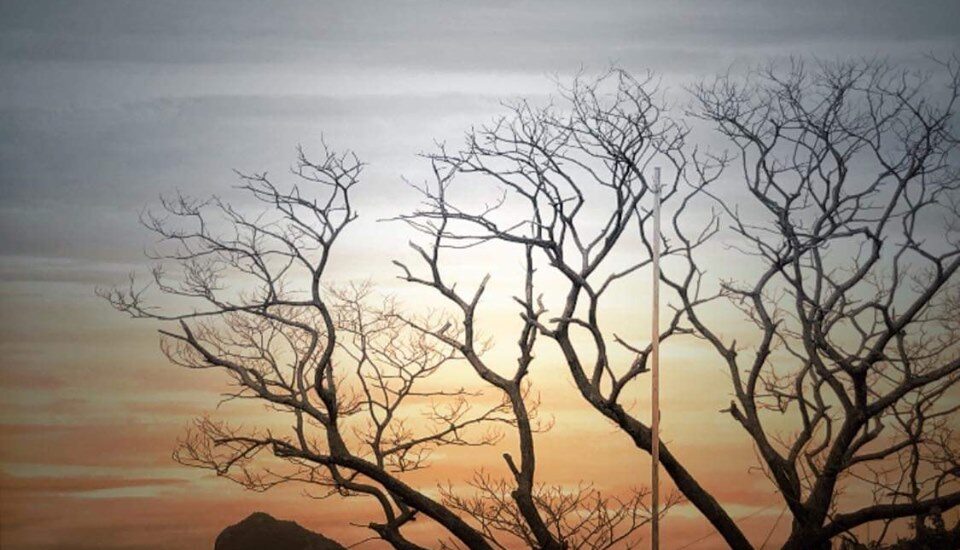
-
Photography of Birds of Arunachala by Kumar Artist
- May 12, 2019
- Posted by: Pallavi Kwatra
- Category: Art Contributions
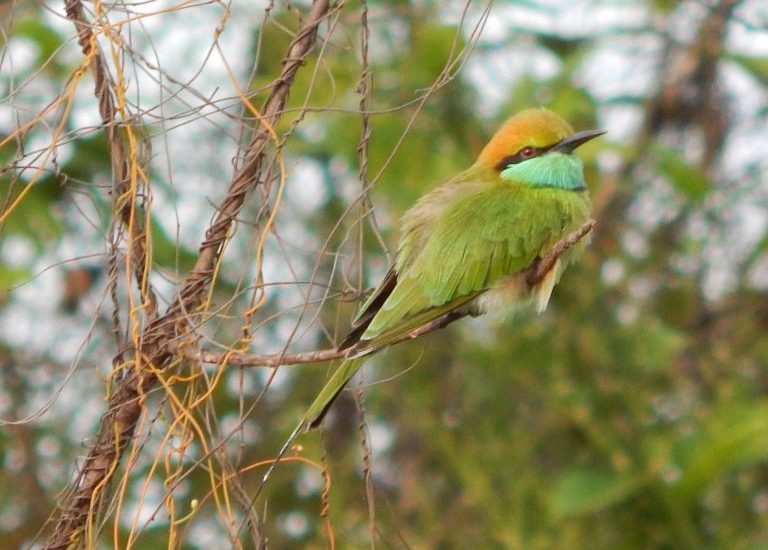
-
Dr Pallavi Kwatra
- April 23, 2019
- Posted by: Pallavi Kwatra
- Categories: About Us, Resources and Feedback
-
Important Links
- April 23, 2019
- Posted by: Pallavi Kwatra
- Category: Resources and Feedback
-
Videos
- April 23, 2019
- Posted by: Pallavi Kwatra
- Category: Resources and Feedback
-
Free Books Download
- April 23, 2019
- Posted by: Pallavi Kwatra
- Category: Resources and Feedback
-
F. Ramanasramam and Satsang Centres
- April 23, 2019
- Posted by: Pallavi Kwatra
- Category: Bhagavan Ramana Maharishi
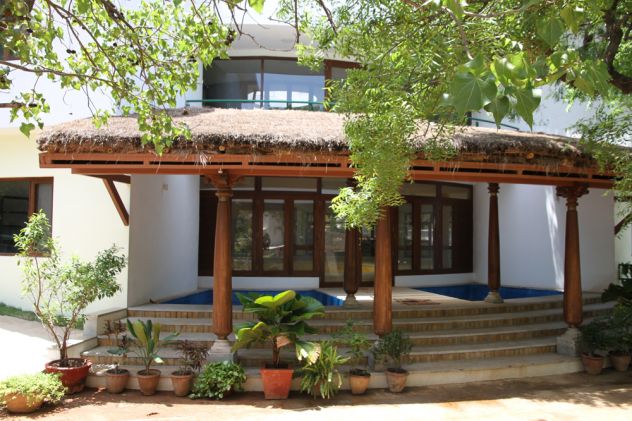
-
e. Arunachala
- April 23, 2019
- Posted by: Pallavi Kwatra
- Category: Bhagavan Ramana Maharishi
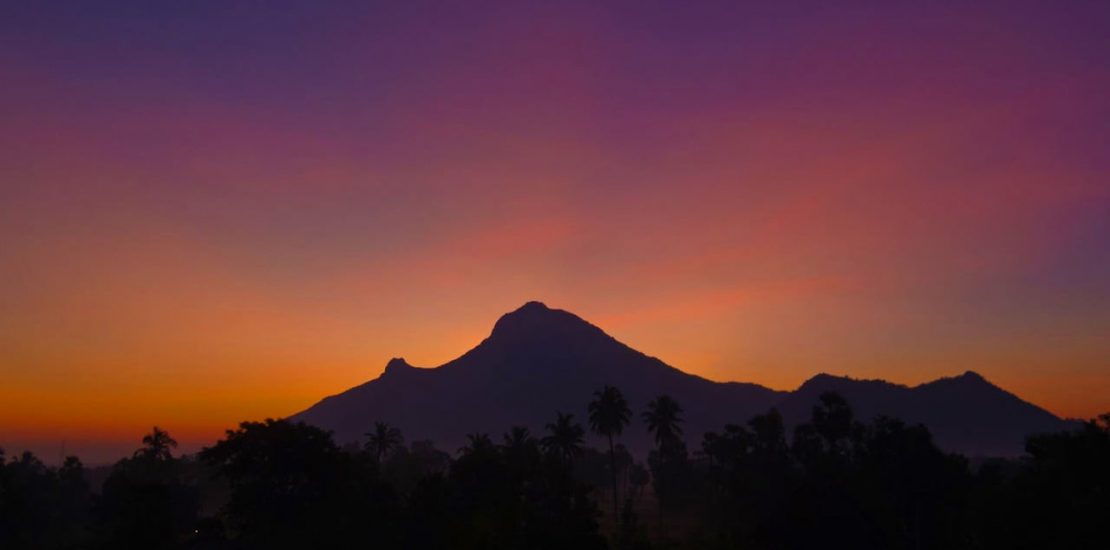
-
d. Quotation Posters
- April 23, 2019
- Posted by: Pallavi Kwatra
- Category: Bhagavan Ramana Maharishi
-
c. Teachings of Ramana Maharishi
- April 23, 2019
- Posted by: Pallavi Kwatra
- Category: Bhagavan Ramana Maharishi
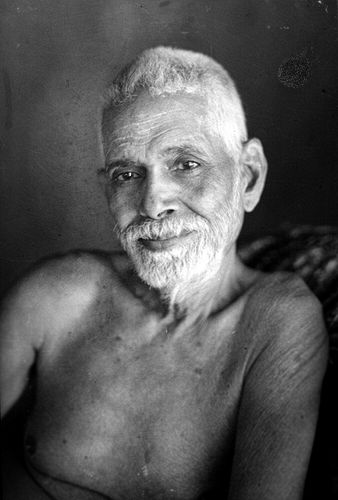
- About Bhagavan
- Devotees
- Testimonials
- Blog
- Poems by Dr Pallavi Kwatra
- BHAGWAN RAMANA’S GRACE: SUICIDE: MENTAL OR PHYSICAL?
- RAMANA SUNDARI…
- Poems by Neera Kashyap
- Talking Technologies by Dr Pallavi Kwatra
- Enquiry vs Surrender by Dr Pallavi Kwatra
- Updesa Saaram Translations by Mr Ambarish N Dave
- Experience of Seema Samanta
- The Realized One by Gaurav Raghuvanshi
- Article by Sunil Goel
- अरुणाचलम तेरा अहसास by Dinesh Chabra
- O’ Ramana by Siddharth Bordoloi
- The Making of a Book Dr Pallavi Kwatra
- Talks with the Master
- 11 Posters by Anonymous Devotees
- Places to eat in Tiruvanamallai
- POEM CONTRIBUTIONS BY A DEVOTEE ( THE SELF)
- Places to stay in Tiruvannamalai
- Jane Adam’s trip to Arunachala
- The Magic of Arunachala: Kali, Aghori & Unconditional Love by Mira Prabhu
- PLAYING DEAD….BY MIRA PRABHU
- ARUNACHALA IS SHIVA : A POEM BY NUPUR WALIA.
- THIRUVANAMALLAI CHRONICLES: THE BELOVED HILL OF ARUNACHALA
- FINDING BHAGWAN OR WAS IT BHAGWAN WHO FOUND ME ? BY DR ABHIMANYU BISHNU
- Audios and Videos
- Dance Performance by Marie Elangovan
- Advaita Toons by Kosi
- Aathma Thandiram
- Bhajan: Sharnagati
- Bhajan: Jay Bhagavan
- Bhajan: Snatam Kaur – Long Time Sun
- 10 Verses of Updesa Saaram by Dr Pallavi Kwatra
- Aksharmanmallai – 14 Verses by Dr Pallavi Kwatra
- Jayanthi Aiyyar’s Audio
- Bhajan: Ramana Satguru by Kali Das
- Bhajan: Sri Ramachandra Kripalu by Dr Pallavi Kwatra
- Bhajans of Yasudas on Bhagavan – Ramana Jyothi
- Jukebox of SP Balasubramanium Songs on Bhagavan
- Swami Chidananda of FOWAI trust on Enquiry vs Surrender
- Telugu Devotional Songs On Ramana Maharishi by Dr.Rajkumar
- Ramana Maharshi’s Home – Arunachala Shiva – Music by Steven Walters
- Arunachala Siva – Bhajan
- Marie Elangovan – Shambho Shankar Ramana Shivaya
- Dakshinamurti / LOVE IS ME by Attila Manju
- Aravind’s video on Thiruvanamallai
- TASTE OF THIRUVANAMALLAI ( DEEPAM 2017)
- Art Contributions
- Resources & Feedback
